LAMENESS
All dogs that look like the English bulldog undergo limb stresses, especially during growth, due to the fact that their paws are not exactly straight and slender like those of other breeds. This involves the presence of osteo-articular pain. Sometimes this pain develops into a more delicate pathology called panosteitis also called enostosis (inflammation of the bone in all its components). To diagnose it requires an x-ray examination, a thorough examination and, sometimes, a scintigraphy. In radiographs of the long bones, an increase in bone density can be observed in the central part of the bone and the contours are not clear. Lameness of the English bulldog, especially in the growth phase, are very frequent but not always attributable to panosteitis. In some cases, a rise in body temperature may also occur and the dog explicitly expresses pain upon palpation of the limbs. The discomfort evolves into periods of acute crises (which can last from a few days to a couple of weeks), crises interspersed with periods (even months) without any symptoms. The pains that panosteitis causes are usually referred to as growing pains and their cause is not yet clear. They lead the animal to be lame; excessive effort can compromise the integrity of the bone growth plates and affect bone growth. In case of lameness, therefore, it is advisable (and often sufficient) to rest: the dog must be free to move but without excess (no games and / or walks). If no improvement is found, it is advisable to agree with your veterinarian on the administration of an anti-inflammatory combined with an antibiotic. What needs to be remembered is this: the joints of the English bulldog are subjected to great stress which is due precisely to the fast and enormous muscle / skeletal growth to which the bulldog is subject in a short time, and also to its particular morphology (the angles of the posterior are often straight and give great strain to the knees, the forelimbs bear most of the body of the body). If we add excessive efforts to this physiological stress (a lot of movement, wild runs, climbing stairs, etc.), it is very likely that a limp will occur, which is usually due to capillary microhemorrhages in the joint. For this reason, in case of lameness it is good: - to make the dog move as little as possible - to remember that with the administration of an anti-inflammatory the dog will have less pain and will be led to move and rage again - calmly wait for the year of life when these episodes will disappear on their own
Read more by clicking on the images or categories
- All
- Dermatology
- Eye Pathologies
- Prophylaxis and Vaccines
- Bulldog Breathing
- Reproduction
- Various

LAMENESS

OTITIS
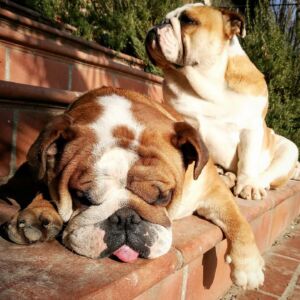
HIP DYSPLASIA

INGROWN TAIL

SWIMMING PUPPY SYNDROME

CHONDROPROTECTED

OTOHEMATOMA

KILLITAM

PYOMETRA

MONORCHIDISM AND CRYPTORCHIDISM

HYSTERIC PREGNANCY
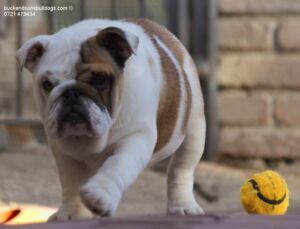
HEAT AND FALSE HEAT
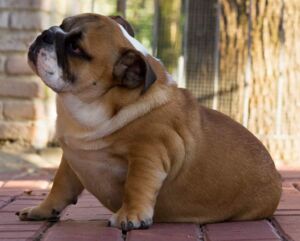
PROLAPSE OF THE URETHRA
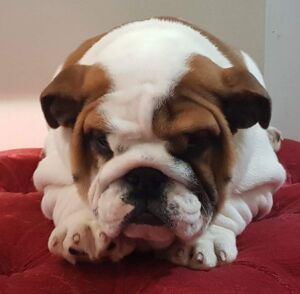
DISTICHIASI

ENTROPION

HYPERTROPHY OF THE GLAND OF THE THIRD PALPEBRA (CHERRY EYE)
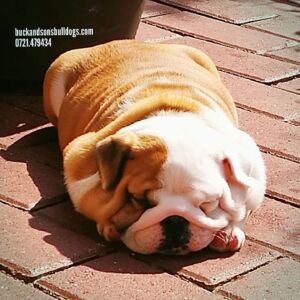
HEAT STROKE

WHY DOES THE BULLDOG BREATHE BAD?

LEPTOSPIROSIS
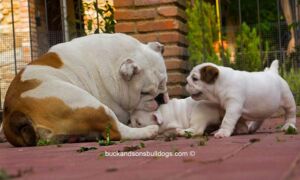
VACCINAL PROPHYLAXIS

LEISHMANIOSIS

PHILARIOSIS

ATOPIC ALLERGY

PIODERMITE
Menu

